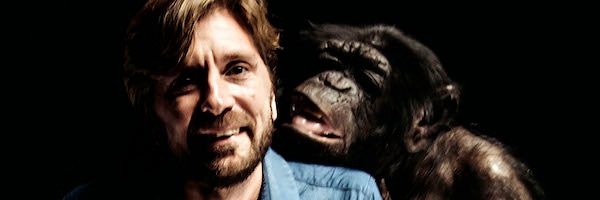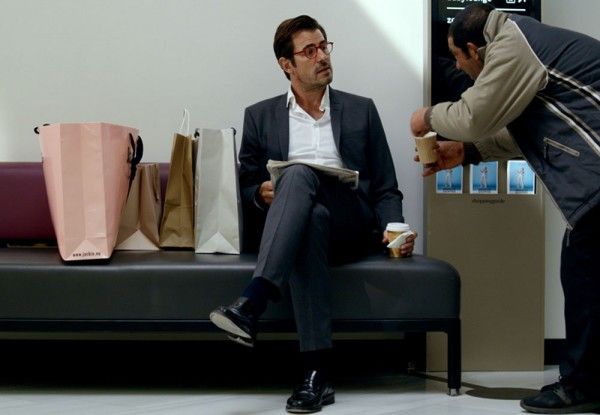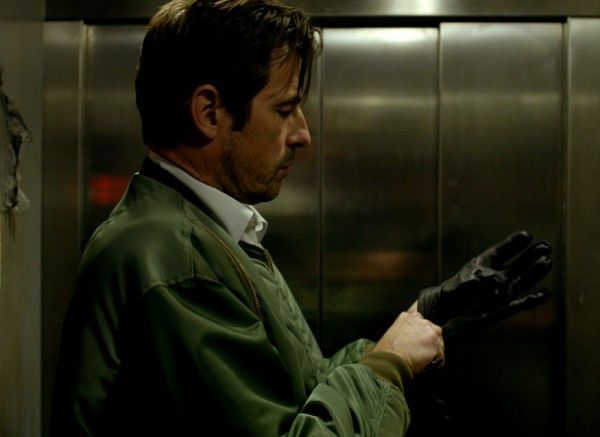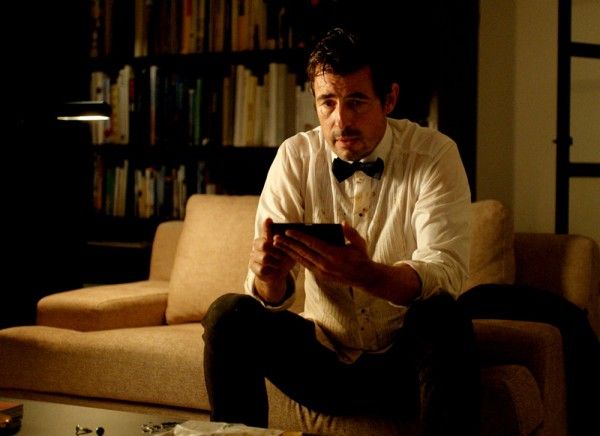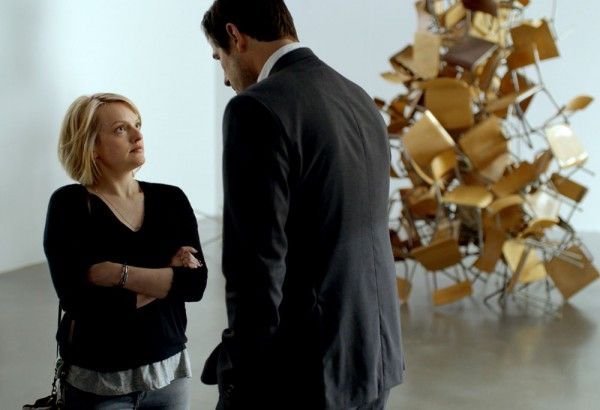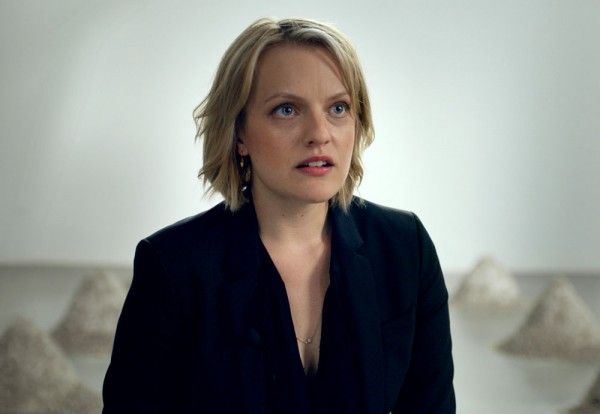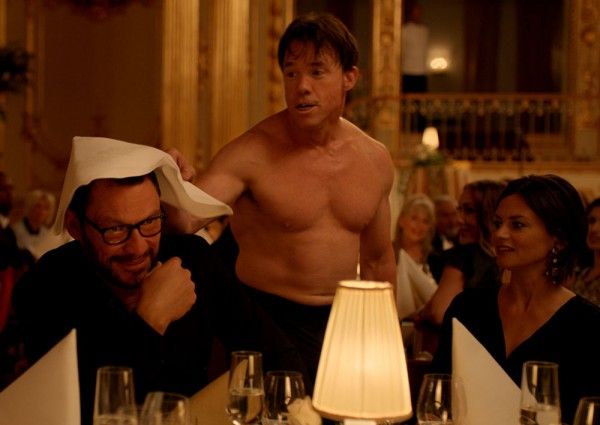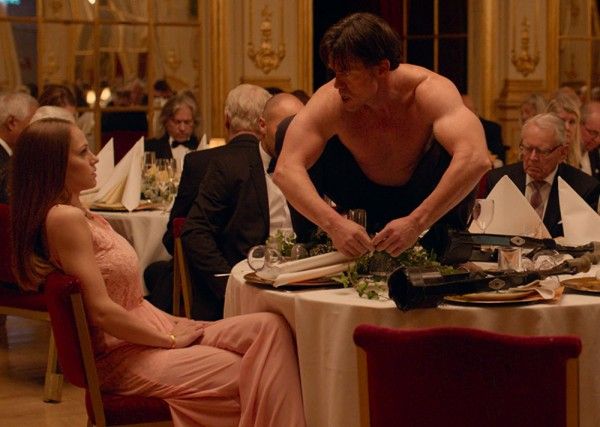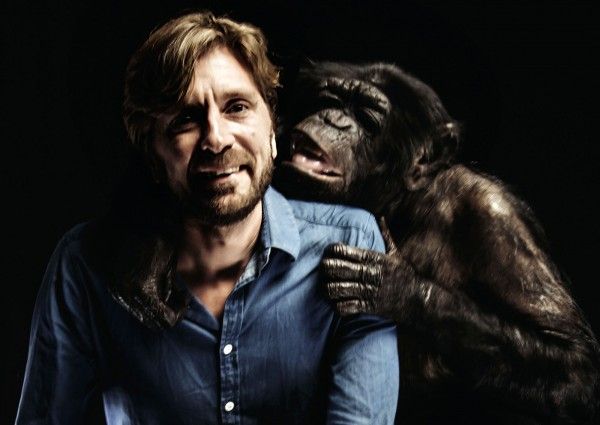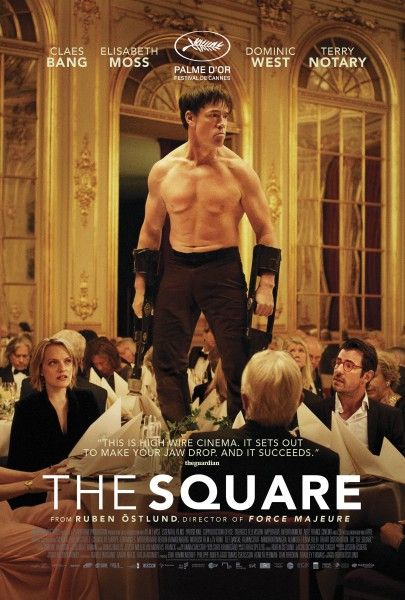From Swedish filmmaker Ruben Östlund, the satirical drama The Square (now playing in select theaters, and opening nationwide throughout November) follows Christian (Claes Bang), a divorced but devoted father of two who is also the respected curator of a contemporary art museum, whose next art show is called “The Square.” The installation reminds individuals of their role as responsible fellow human beings, but while the show itself is getting attention, Christian brings attention to himself, after the theft of his phone causes him to respond and act foolishly and in ways that have repercussions, both personally and professionally.
During this 1-on-1 phone interview Collider, director Ruben Östlund talked about how The Square came about, why it was a difficult film to write and make, what makes Christian an interesting character to center the story around, discovering Claes Bang, how English-speaking actors came to be in the film, what he gets from the test screening process, his struggle with cutting down the film, how he became a filmmaker, and the subject of his next movie.
Collider: First of all, congratulations on all of the success and acclaim for this film! Does that recognition help, in getting the film recognized in the States?
RUBEN ÖSTLUND: Yes, of course! It also helps to make a film that the audience thinks is exciting. I didn’t want any difference between having a concept that I thought was important and an exciting film. I really want to try to combine those two things. Also, there were a lot of people that liked Force Majeure in the U.S., so that helps.
How did The Square come about? Was there something specific that inspired the story you wanted to tell?
ÖSTLUND: This project started with this art installation that is called The Square. Me and a friend of mine created this art installation. If you look at Swedish society, in 2008, there started to be gated communities. If you look at the gated communities, that’s an aggressive way of saying, “Here are the borders of our responsibility. We don’t take responsibility for what’s outside the gate.” That was an attitude change in society. We are more and more individualistic. So, me and a friend of mine created this installation, in order to remind ourselves of our role as fellow human beings and to remind ourselves that we can take responsibility and give trust to each other. That installation was invited to an art museum, after I did Force Majeure. At the same time, I started to work on a script that was about these themes. It really started from that installation piece. The film is an advertisement for that installation. Now, it exists in two cities in Sweden and two cities in Norway.
You’ve talked about how this was a very hard film to write and a hard film to make. In what ways? Were there challenges specific to this particular film?
ÖSTLUND: The topic is so much wider than Force Majeure. That was a really simple set-up, so it was much easier to write that script. This topic is about society and how we look at humanistic values. There are so many more levels to that, that it made it much harder to write.
What was it about Christian, as a character, that made you want to tell his story at the center of this?
ÖSTLUND: I look at the characters as human beings trying to have a certain kind of position. So, what Christian has to deal with is that he’s the chief curator of the museum. At the same time, he’s a father of two and he’s divorced, and there are all these practical situations and set-ups that are attached to him and pulling him in different directions. I always try to look at the characters and go, “What would I do, if I was in this position? What would I do, if I was the chief curator of this museum?” I always look at the character like human beings put into social experiments to see how they’d do with it.
How did you approach finding an actor to bring to life what you were looking for in Christian?
ÖSTLUND: When I was doing the casting, I asked Claes Bang to write the speech about The Square, and he did it in such a beautiful way. He brought emotions into this very conceptual idea. For example, he said, “My father just died, and I have no one to talk to about it.” I thought that was beautiful. Claes is a sensitive guy, and he bring that into his acting. That was important to me. He made me get connected with my emotions, when it came to situations that he was dealing with. Claes is not known in Sweden and he’s not that known in Denmark either, so he had his break in this film. It’s kind of a late breakthrough, so I’m happy for him.
This is a predominantly Swedish film, but then you have Elisabeth Moss, Dominic West and Terry Notary. How did they get involved with the film?
ÖSTLUND: After I made Force Majeure, I had the opportunity to meet many English-speaking actors. And then, I had a casting session in London, and I tried out Elisabeth and Dominic. We did improv together, and they were so skillful. I didn’t have any plans to put English-speaking actors in the film, but they were so good, so I had to use them. It was interesting when they came to set because I think they’re used to doing an average of five takes, when it comes to a scene, and I would say that I do an average of 40 takes, so they had to use their energy in a different way. They had to save their energy, and then for the last five takes, I like to build up some energy on set. For the other takes, I’m trying to sculpt the scene and get the scene the way that I want. I think Elisabeth and Dominic were a little shocked, in the beginning of shooting, but then they understood how to deal with their energy.
Is doing that many takes something you’ve always liked doing?
ÖSTLUND: I have done that since the first feature film that I did. I like the idea of having a sociological approach to the content of the films, so I’m also exploring the scene when I’m shooting it. It’s impossible to make the characters do what I want them to do, unless I believe in it. When you put up the camera, you’re trying out the scene and investigating it, in a way where I need some time on set to make it happen the way that I want it to happen. So, that has been my style since I started shooting.
How did you find the experience of dipping your toe into English-language filmmaking? Would you consider doing more work in English, or even taking on an American film?
ÖSTLUND: I was a little bit worried about it because I thought maybe I would lose a little of my instrument, if I didn’t have the ability to judge the acting in the same way when they were speaking in English. But, I must say that I’m happy with the result. I definitely think I will work in English, in the next film.
American filmmakers tend to have to go through a test screening process, to get feedback on their films. Do you screen your films for any friends or family, before you release them, just to get their feedback and to see if everything is working how you’d hoped?
ÖSTLUND: I do a lot of test screenings and get a lot of feedback. It’s important for me to show the film to a bigger audience, and just sit in that audience and watch the film with them. It’s not that much about asking them if they understand or get it. It’s feeling the dynamics of an audience watching the film together. It’s about how the film should be edited, when you’re sitting together with an audience and you’re feeling the rhythm of a scene. So, I definitely use test screenings to understand how I should edit the film.
What do you hope audiences take from the experience of viewing this film?
ÖSTLUND: I think we are getting very, very individualistic in our time, and we have a problem with working together on bigger projects. We have to realize that some problems that we are dealing with, we can’t solve on an individual level. We have to solve them together. For example, when it comes to beggars, and things like that. If I give an individual a couple of coins, I will never change the life situation of that person. But if we raise taxes for the richest people in our society, we actually can deal with the problem. I think we have to realize that when we collaborate and work together, we can be quite efficient. We can take care of some problems together.
What was your process like on this, as far as getting the film down to what we see now? Are you someone who finds it easy to cut out scenes and moments, or do you struggle with having to edit for time?
ÖSTLUND: I struggle so much with cutting out my favorite scenes. The first version of the film was three hours and 42 minutes, so I had to cut out one hour and 20 minutes. There were some scenes that I loved that are not there anymore, and that is painful.
How did you end up becoming a filmmaker? Was it something you’d always thought about or wanted to do, or did it evolve out of something else?
ÖSTLUND: It was during the ‘80s. That’s when VHS tape recording came, and I thought it was fantastic to be able to look at moving images from a tape recorder. At the same time, or a couple of years later, the first video camera came, and I loved that. It was very expensive, so you couldn’t buy it, but we could borrow a video camera from the school. I started to film things with that, and I was very interesting in skiing, so I took the video camera to the mountains to film skiing. That’s really how I started. The first films I made were ski films, filming free skiing. I spent many winters in the Alps and in North America, filming skiing in the winters and then editing and selling ski films. That’s how I started, and then I got tired of ski resorts and I went to film school in Luxembourg.
Do you have any idea what you’re going to do next?
ÖSTLUND: My wife is a fashion photographer, and the stories she’s been telling me about the fashion and beauty industry are so interesting. The title of the project is Triangle of Sadness, which is the wrinkle that you have between your eyebrows, that you get if you have a lot of trouble in your life. But don’t worry, you can fix that with Botox in 15 minutes. So, I’m going to look at beauty and how beauty can become an economical value. Beauty is interesting because even if you are born without education, money or talent, beauty can actually make you travel in society. Suddenly, you can get up in the hierarchy. But the career is very short, so you have to find an exit. The main character is a male model who’s using his beauty as an economic value and has made a career out of it, but he’s having some problems because he’s getting bald.
The Square is now playing in select theaters, and opens nationwide throughout November.

